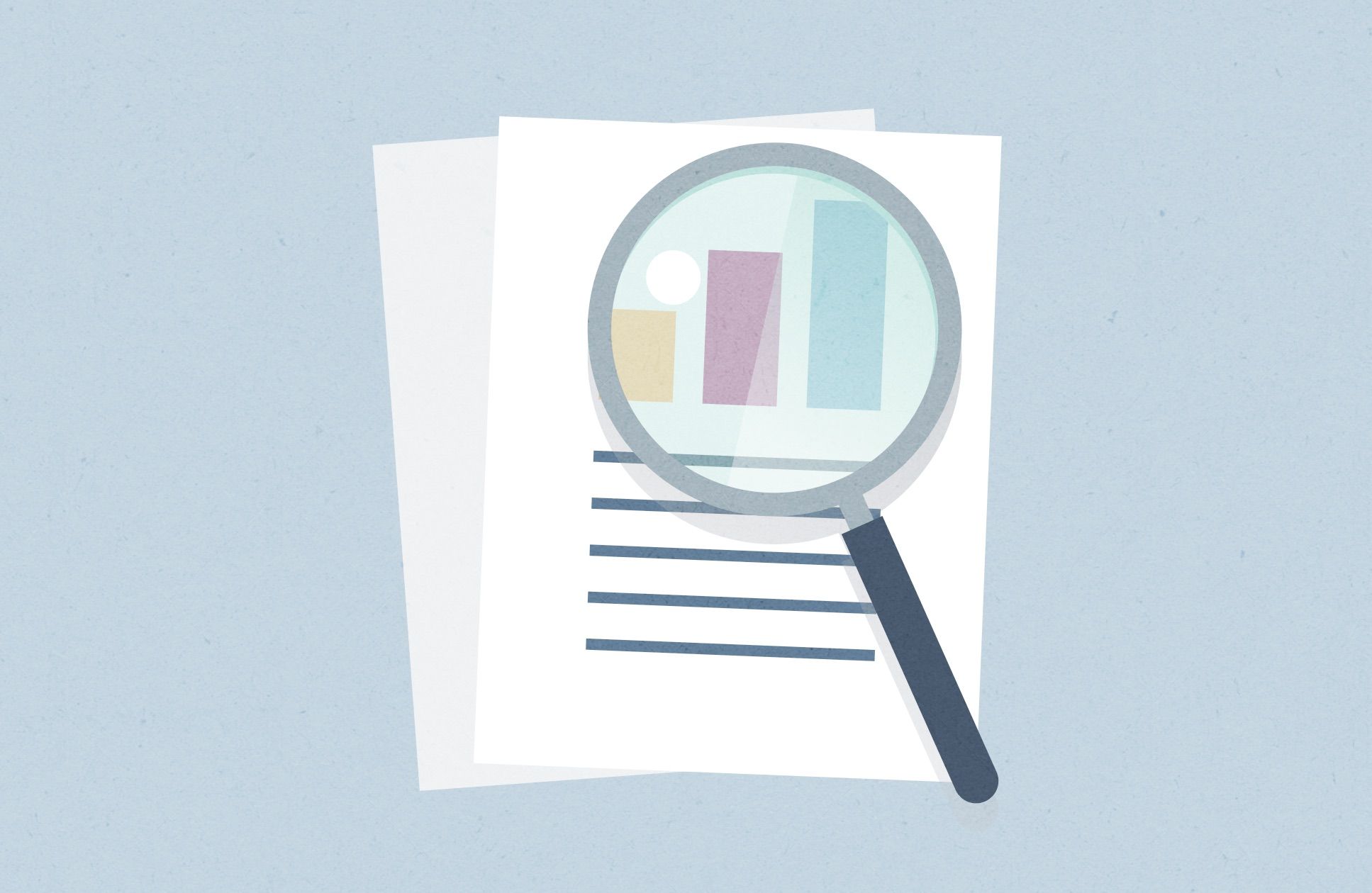Why Many Companies Neglect To Do User Research


Often, we don't understand what the key action we'd better do. Or we think that we are sure about something, but our guts send us a signal that this doesn't seem right. The traditional way of doing business is no longer changes the market in a good way, especially if we talk about digital products.
Doing user research is like eating healthy food, exercising, and getting an annual checkup. Almost everyone thinks that it's good to do these things, but many fail to do them.
Companies have created products for many years without doing user research. Long story short, some of them are conservative about their processes. It's hard to add this important layer to design and development.
The most common problem is that project teams tend to complete projects successfully, on time, and a budget. Whether the final result is usable, useful, or enjoyable often doesn't matter. They aim for the launch of a new feature or an update. After the update, they are starting to get feedback. And plan new updates. This is a reality of the creative process for many companies.
But what if the direction of an update is wrong from the beginning? What if it's getting worth and worth every iteration?

User research could fix the direction somewhere at the beginning. It helps to avoid making big mistakes in terms of time and budget, which are valuable for people who manage projects.

Basically, User Research helps reducing risks of failure on the way to the target.
What we can do is act bit by bit. Making small user research in cases where it's possible. We need to find whenever information is possible that would be helpful in the next design phase. Don't forget to show it to your product team.
Tangible vs. Intangible
User research sounds like a good idea to most people, but it's hard to see tangible results from it. Unlike design and development, which produce tangible artifacts that people can see and use, user research is information that either researcher present or team members must consume.
Basically, the result of it can look like a bunch of paper or a PDF report. Somehow, people connect this to bureaucracy, and they want to skip it and start doing a real job. But it's the same as if, for example, spacemen will skip all the instructions and studies and do a landing on Mars independently. Works for movies, but not for real life and real obstacles.
Usability Testing
While usability testing provides specific information about the usability of the user interface, it doesn't give you much information about the users and their needs. You don't learn as much in-depth information about users when you visit people and observe them performing their tasks in their natural context.
What we can do is to try to see a product with the user's eyes. Basic interviews can help with this. We can talk about things that users struggle with or how they are thinking about solving a certain task or several tasks at a time. This kind of conversation will give us an understanding of whom we are creating a product for. Why would people use or are using it? What can be better?
A basic analysis helps understand a basic behavior, pain points that users have using a product. Tools with features like Heat map, Clicks map, and Scroll map gives us more practical information about our users. Since we can't directly impact their behavior or make them answer our questions or sharing opinions, they interact with a product one on one, and it's a completely different analysis.
However, you can see what people are doing, but you don't understand why. You can't read thoughts through, let's say Google Analytics. It's unclear why they don't click on a thing that I want them to click or why they are dropping off. What's keeping people from going, some flows, etc.
Understanding users give us a full picture, and we can answer our questions.
Asking The Right Questions
Don't ask users for solutions. They don't know them, or even if they know, it can be bad for a product or even for themselves. There is a chance that your users don't understand the tech world as you do, and their suggestions will not be useful for your product. Ask for a problem, not for a piece of advice.
Usually, people are pretty bad at predicting behaviors. They don't usually know what they will do in a certain situation.
The right way of asking questions is to ask about problems and struggles that they have. Ask about the present and the past, not about the future.
The most basic set of questions is:
- Can they do it? What is a product for?
- Can they understand it?
- Can they discover features?
- Can they configure a product for their needs?
Problems That Can Be Before Starting User Research
- Having only a vague definition of who the users are.
- Having an overly specific definition of who the users are, which makes them difficult to find.
- Not being allowed to contact users.
- Not knowing where to find the users or how to reach them.
- Needing participants who are geographically dispersed and would require a lot of time and travel expense to visit.
Discovery questions
Context
It helps to discover would they use it.
- Who? What? Where? When? How?
- What are they trying to accomplish?
- What goals and needs, struggles, pain points?
Existing Behaviors
Ask questions below, listen to answers and learn patterns that people have.
- What is their experience?
- How are they do these things now?
- How are they thinking about these things now?
- What barriers do users have from using a product?
- What are the pros and cons of different design solutions?
- What are the pros and cons of competitors?
- What are they using at the moment? What features are most important?
Usability Questions
- Can users discover feature x?
- Are users able to complete primary tasks?
- Do users understand x?
Observing And Taking Notes
Record the screen while someone is using a product. Capture everything after each session makes highlights. Like this thing works, and this thing doesn't work. Basically, it should be a report with features and how different people use them. What are they struggle with? What is good for them? And other notes like observations. After that, check in with everybody to understand what you can fix in the next update.
User Research is a valuable part of work, and the more it is structured and organized, the better your product will be. It takes time and effort but is worth doing.
Starting from small and doing basic studies is a huge improvement.
Do not forget to move iteratively. Do something and make studies by testing it on users or potential users. Do not involve yourself only in studies or only in making a product. Make something, test, then improve.
If we think about probability theory, we will understand that doing studies between development sessions will increase the probability of achieving success by a product. So using this will make your project better anyway.
Of course, you spend time that you could spend on development on these studies. However, you can be right, or you can be successful. So, research can be much more effective than launching a new fancy feature that can be not as important as a user-friendly core of the product in the real world.
You can feed your users with new features and promises for the future, but it will lead to frustration, and you can easily lose direction. Which means you build something, but nothing specific.
Thank you for reading,
Max